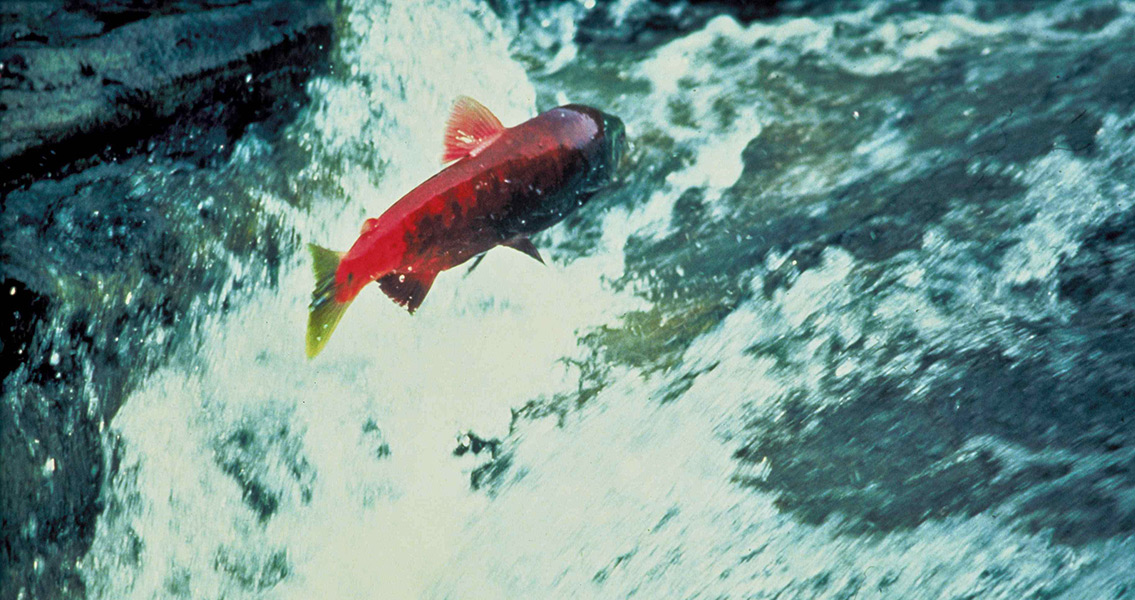<![CDATA[A new research paper published in the Proceedings of the National Academy of Sciences says that humans living in Alaska during the Ice Age hunted salmon as a food source – some of the earliest known evidence of its kind. The evidence turns the previously-held notion on its head that Paleoindians living during the Ice Age spent most of their time hunting big game. The findings stem from a collection of salmon bones discovered in Interior Alaska at the Upward Sun River Site that have been dated to being approximately 11,500 years old. Scientists from the University of Alaska Fairbanks (UAF) examined and analyzed the find. Carrin Halffman, the lead author of the study and an anthropologist from UAF confirmed that salmon fishing, a deep-rooted tradition in North America, has been a food source for humans in the region for at least that long. In addition, the research results led researchers to make the suggestion that salmon spawning runs could have been established both much farther north and much earlier than it was first thought. With the revelation that Alaskans were eating salmon regularly at the end of the last Ice Age, this moves the date up on salmon migrations to that same period – and since these remains were found around 1,400 km upriver from the current mouth of the Yukon River, it also stands to reason that salmon spawning behavior sent the fish to regions they were not thought capable of reaching at first. Ben Potter, a fellow UAF anthropologist that participated in the study, says that it’s clear based on genetic and isotopic analysis that the remains of the salmon discovered were from a marine salmon species known as chum salmon. These same salmon inhabit the region to this day, Potter added, remarking that the long 1,400 kilometer migration of ancient chum salmon helps to shed new light on how early humans used these salmon as a food resource. The remains of the fish were discovered in the remnants of an ancient residential structure – specifically in what would have been the cooking hearth of the home. With such fragile and small bones, fish are often challenging for archaeologists, as it’s rare that fish bones preserve well over thousands of years. Most scientists feel fish are under-represented in archaeological findings and studies as a result. However, these findings show that the diet of the ancient people of the Bering Strait was less limited than thought originally. This means that humans living in the late Pleistocene were capable of using complex technology and strategies in order to tap into local food sources, according to Potter. Additionally, the anthropologist pointed out that there’s no evidence suggesting that these salmon runs weren’t occurring well before the time the Upward Sun River site was populated by humanity, meaning they may have played a role in encouraging humans to settle there. For more information: www.pnas.org ]]>
Ice Age Humans Hunted Salmon for Food
